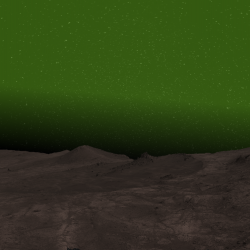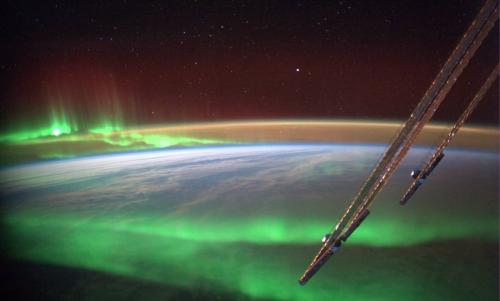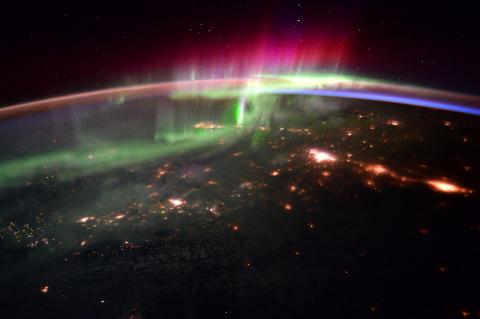Polar lights, when do they occur?
Blue, green, red. Twisting, diffuse or curtain-like, … . Auroras (or polar lights) occur when the Earth’s magnetosphere traps or diverts the charged particles from the Sun. Subsequently, these particles move into the lower regions of the atmosphere along the magnetic field lines of the Earth.
When charged electrons from the solar wind collide with neutral particles in our atmosphere, the latter are so excited that they emit light. At some degrees of latitude, auroras are visible with the naked eye.
Aurora, where does it occur?
This kind of phenomenon is particularly visible at the polar latitudes. The main part of the auroras occurs in the so-called auroral ovals, oval-shaped regions surrounding the Earth’s geomagnetic poles at a latitude between 12 and 22 degrees.
In particular, the Scandinavians can enjoy this spectacle in Europe, but also in Belgium, at about the 40th latitude from the North Pole, auroras may sometimes be seen. This is certainly the case for maximum solar activity.



